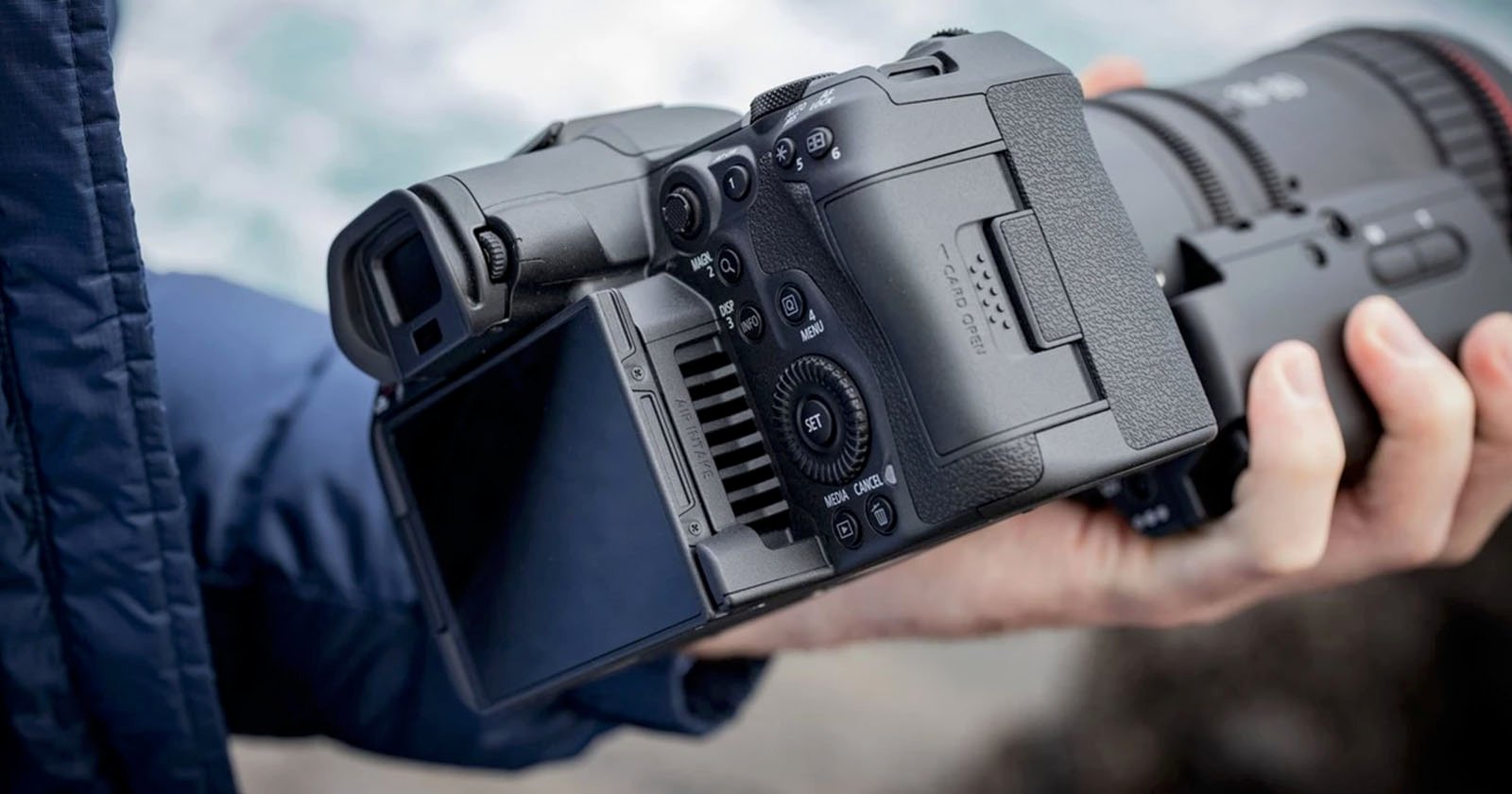
[ad_1]

The thermal hurdles engineers must overcome become even more significant as cameras get increasingly more robust video recording features. A new Canon camera patent hopes to overcome these concerns through a relatively compact active cooling system to keep internal recording media cool.
The patent, seen by Canon Rumors, was published late last week in Japan and, like all patent applications, may not necessarily point toward a viable technology or commercial product. That said, the need for improved cooling, especially concerning fast internal media, is only growing as cameras shoot at higher resolutions and bitrates.
“In imaging devices, the signal processing load and power consumption increase with the increase in resolution and frame rate of recorded images, and the amount of heat generated by signal processing units such as the imaging unit and recording medium (recording media) increases,” Canon explains in a machine-translated version of the patent application.
Canon adds that as electronic components, whether the camera’s sensor, processing unit, or the recording media, get hot, their performance degrades. Thermal throttling of storage devices is a well-known and prevalent issue, and when recording high-bitrate video, storage is pushed to extremes.
![]()
To address this issue, Canon’s patent (2024-135864) includes heat dissipation ducts and internal fans to bring cold air into the camera, move it along vital components including the recording media, and out the other side. The ducts are located in places on the camera where they won’t be blocked by the user’s hands during use.
Canon has used active cooling for numerous cameras, including the video-oriented R5C, which has ducts and cooling behind the display, and the new R5 II when used alongside the optional CF-R20EP cooling fan grip. It is a common and generally effective way to improve a camera’s performance, especially concerning longevity during video recording.
Perhaps more than anything else, the new patent application shows that Canon is acutely aware of the thermal issues with high-performance memory cards and the increasing demands that improving video features will place on these cards. Although it is difficult to predict precisely what Canon will do with its future products, there is little doubt that its future cameras, especially those with high-end video features, will rely heavily upon novel solutions to deal with internal heat buildup.
Image credits: Canon
[ad_2]